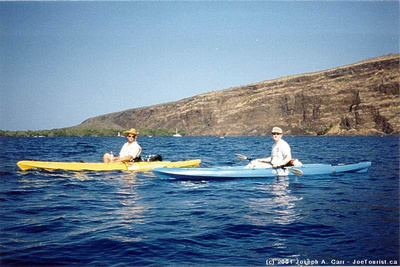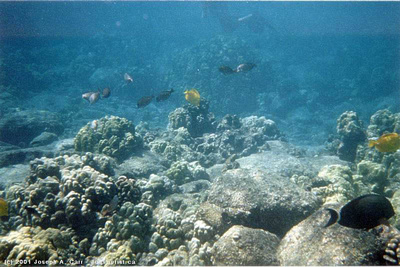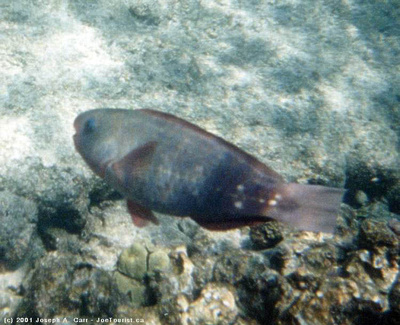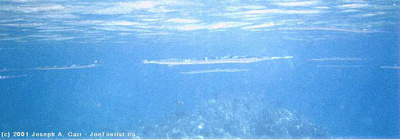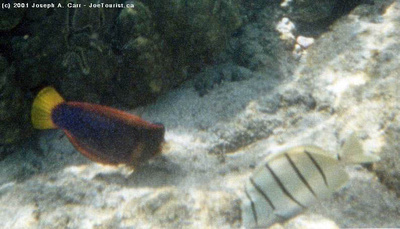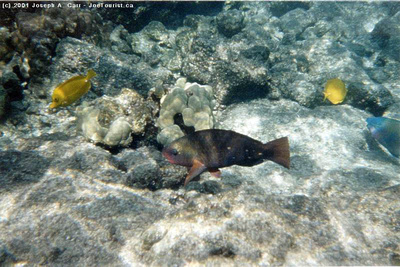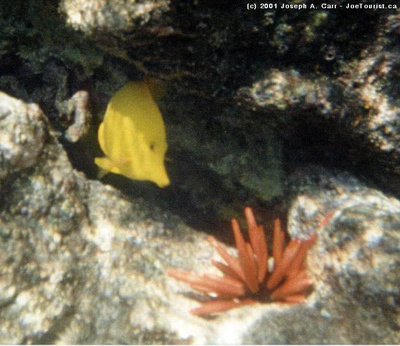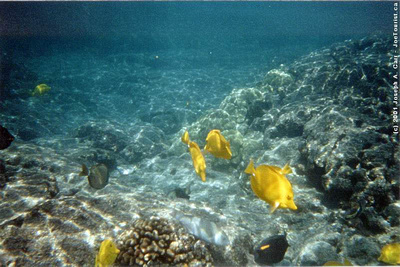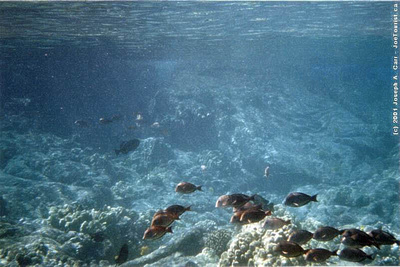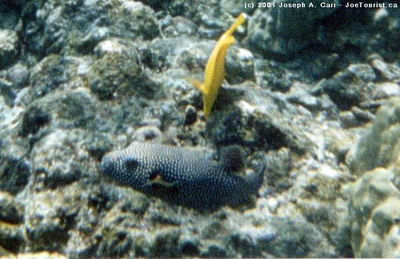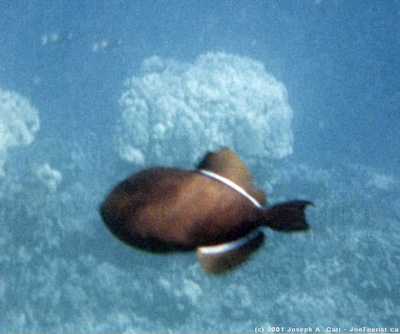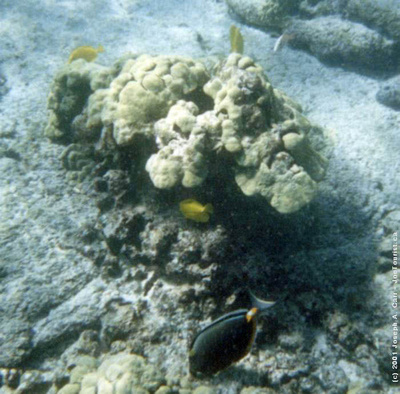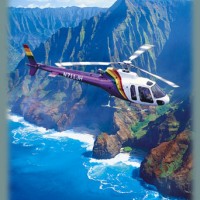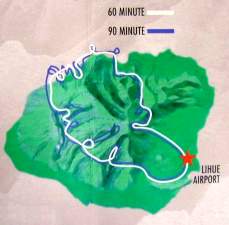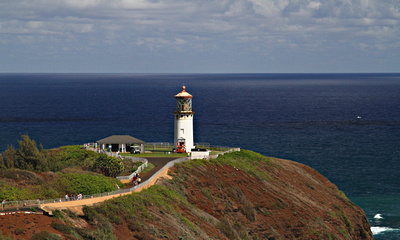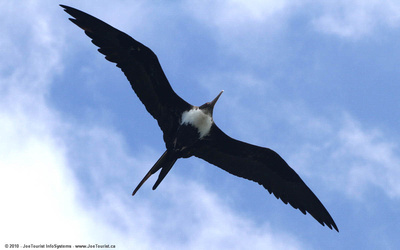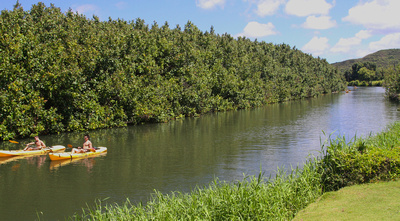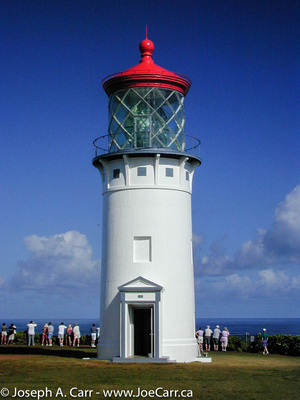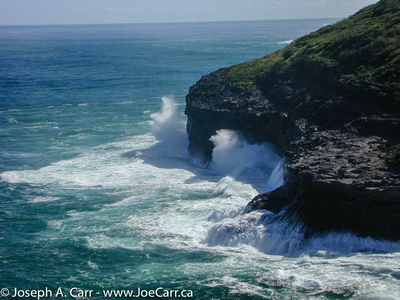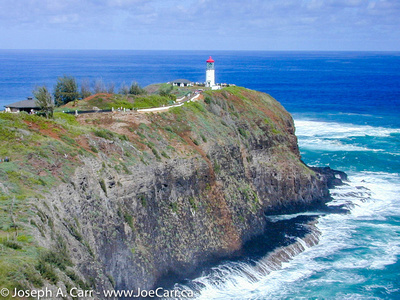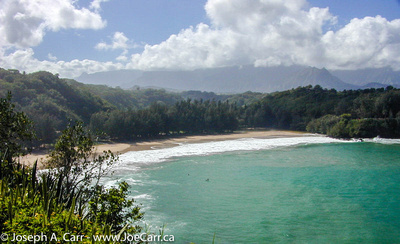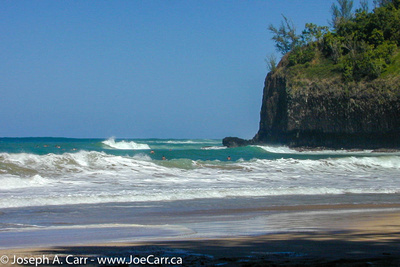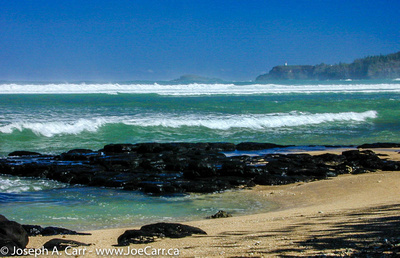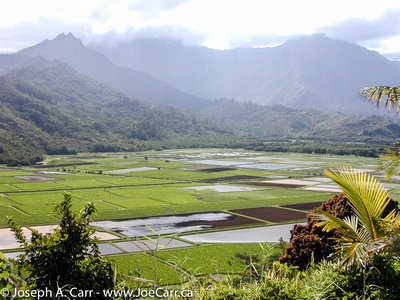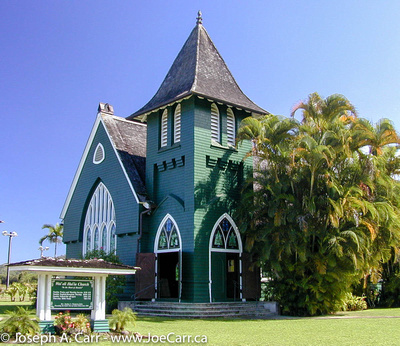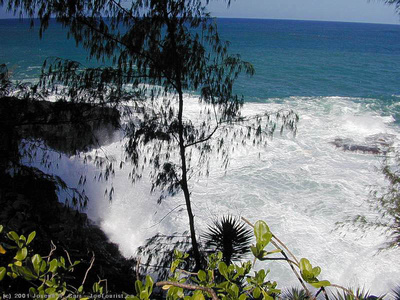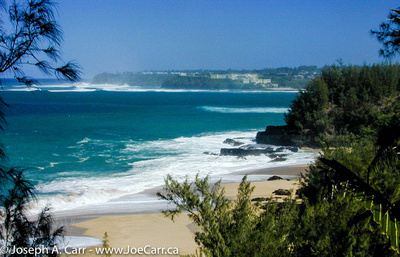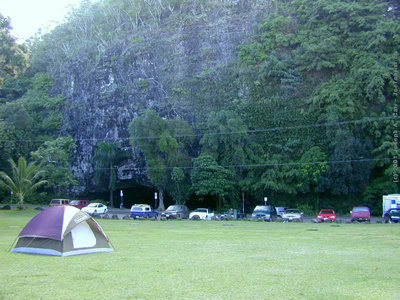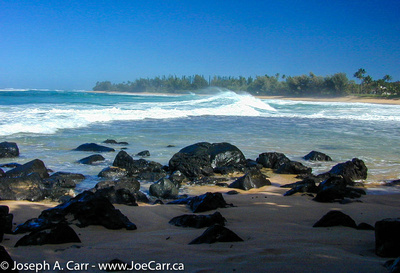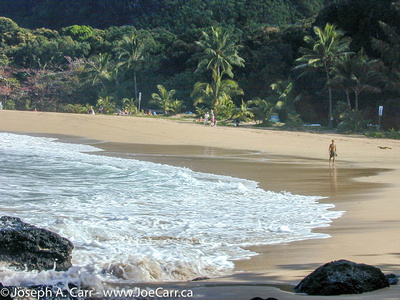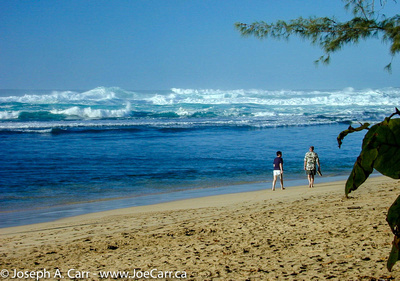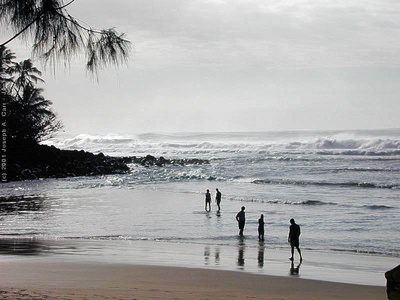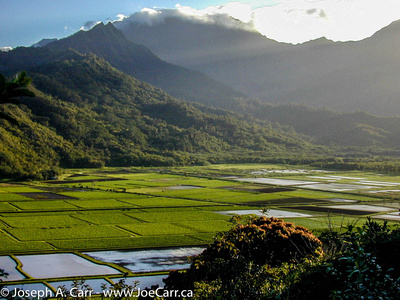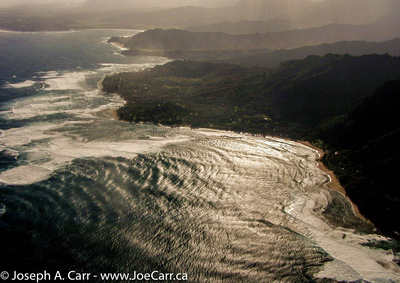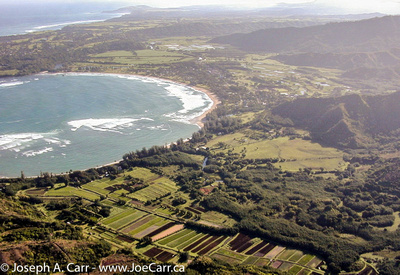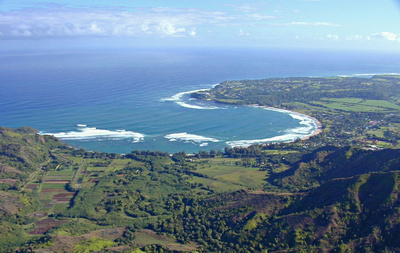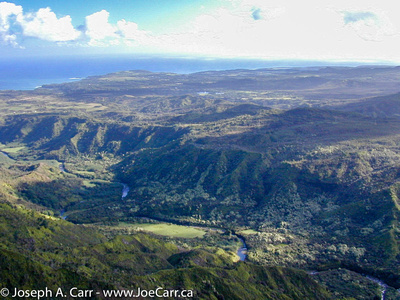2008 Costa Rica Southern Skies Fiesta, Volcanos & Rainforest
Feb 15, 2008 – Friday – San Jose, Costa Rica to Seattle, WA, USA
I’m up at 4am after about 4 hours sleep. I’m going to be beat flying to Seatac, so it’s probably a good thing that I overnight in Seattle to allow me to get some sleep before returning home. Diego and Walter are there at quarter to five to pick me up, along with another couple leaving on the same flight. I guess Diego and Walter will be going back and forth to the airport all morning as flights depart.
I pay my US$26 Departure Fee, clear security and wait for my Continental flight to Houston. There are only folding chairs in the departure area – I hesitate to call it a “lounge”, since there is no counter, and the gate itself is well-hidden. I start the waiting process by sorting through my photos after find a carpeted bench area to sit on so I can plug my notebook adapter into a nearby outlet. My friends soon show up, and we trade stories about the last week, since they went off on their own instead of booking the Volcanoes and Rainforest tour. My group certainly accomplished more, but my friends wanted some down time to just relax, which I can relate to.

Since I only slept four hours last night, I try to get some rest on this leg of the journey once we’re airborne. The breakfast bun Continental serves is dreadful, but I eat the egg and ham and drink the lukewarm coffee. Once we land in Houston at the George Bush airport, my friends and I take one of the golf cart shuttles since our gate for the flight to Seatac is a long way across the terminal.
Our flight to Seatac is full except for one empty seat which my friends happened to get in their row – a good thing. I’m seated in the third-to-last row, which is fine except for the deodorant smell emanating from the nearby washrooms. As on the previous flight, I zone out by listening to music through my noise-cancelling Shure earphones. That way I isolate myself somewhat from the stress of a full aircraft cabin, as well as from the noise of the jet engines. When I arrive at Seatac, I experience no ringing in my ears. Previously, I would normally have ringing in my ears for a couple of days, and have trouble hearing.
I like George Bush airport in Houston, since despite it is huge, it is well laid out and I find it easy to navigate. There is a good choice of services near each group of gates, and the airport staff are helpful and friendly. I find that Seatac airport is also improving as far as customer service is concerned, however the poor layout and those infernal trains between various terminals present challenges to passengers who have to find their gates.

When I arrive at Seatac I clear customs and immigration, retrieve my checked bag, and then proceed to the ticketing and check-in area at the front of the main terminal. I find the Horizon Air counter and ask if there is a seat available on the flight leaving this evening. They confirm the flight is fully-booked, so I then find the Continental counter and tell them I will need a hotel voucher, as instructed by my travel agency. After a short delay, the woman gives me the voucher for a stay at the nearby Clarion. I proceed to the hotel shuttle pickup area, call the Clarion, and shortly after the shuttle picks me up. This hotel at Seatac is not exactly a first rate hotel, but the room is clean and the bed feels good.
Feb 16, 2008 – Saturday – Seattle, WA, USA to Victoria, BC, Canada
I am up at 5am in order to be at the gate at Seatac for my 7:30am flight to Victoria. I am out the door at 5:45am and join several other folks in the shuttle to the airport. I check in at the Horizon Air kiosks that are located in the walkway between the drop-off point and the main terminal. I print my boarding pass and go to the baggage check-in area for Horizon/Alaska airlines. It is very crowded, but I get through after waiting only about 10 minutes and check my bag – no overweight charges this time thank goodness! The line to clear security is very long, but it moves quickly.
I find my gate with almost an hour to spare, get myself some coffee and sit down to work on my notebook computer for awhile. It is great to have my notebook with me, since it gives me something productive to do during the inevitable waiting time while travelling. By the time I get home I’ll have all my photos organized and captioned, which will be a big help to process them more quickly than my last trip, which took me many months.
The Horizon flight to Victoria departs on time, and the flight to Victoria is uneventful. Although there are lots of clouds, there are enough clear spots to give me opportunities to photograph the Olympic Mountains from my left side window seat. My checked bag appears on the baggage belt at Victoria airport, and I clear Canadian Customs in short order. The officer asks me about my farm stay, but wasn’t concerned since I say it was a week ago, and my shoes had been washed since that time. I find my vehicle parked in the long term parking, pay the fee and drove home.






